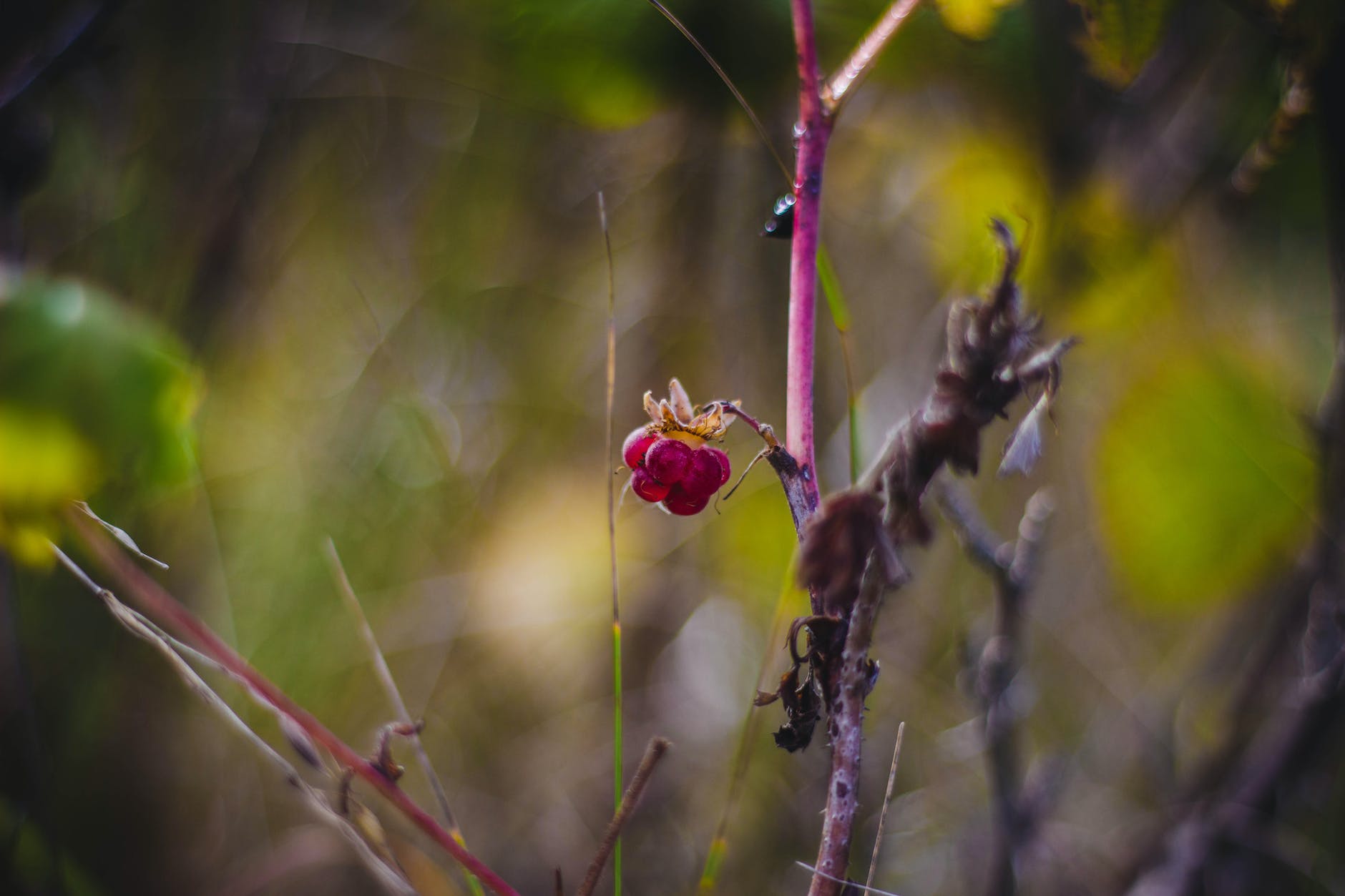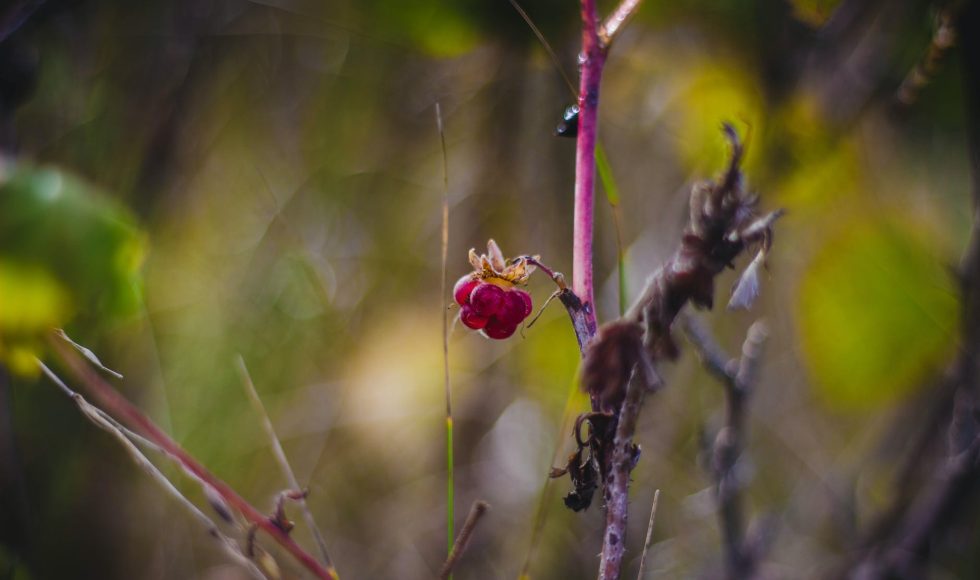Karla Estefania Rojas Lopez presented at the Nanopore Community Meeting 2022 a ten-minute session entitled “Draft genome of mortino (Vaccinium florib), a wild berry species of the Andean paramo.” Rojas Lopez works at the Universidad de San Francisco de Quito in Ecuador. This is the second session I watch presented by a researcher from this institution. This wild berry grows in the paramo, a low temperature ecosystem with high humidity. The berries have different botanical properties. In Ecuador, these berries are used for drinks and culturally significant events. Rojas Lopez explained that they expanded on a previous study and characterized the genetic diversity of the Andean blueberry across the Ecuadorian highlands. After this initial study, they wanted to create a genomic resource by sequencing this genome. They collected leaves from the plant and used a Nanopore Community protocol to extract high molecular weight DNA DNA. They generated four libraries and four sequencing runs using the LSK-109 kit for ligation sequencing DNA preparation. The reads were filtered and adapters removed using Porechop v0.2.4 and Nanofilt v2.8.0. The filtered reads were then assembled with Canu v2.3, Flye v2.9.1, and wtdbg2 v2.5. Genome polishing was performed using Apollo v0 2.6.6. I had not heard about Apollo for read polishing, and now I am curious about it! Genome evaluation was performed with BUSCO v5.2.2. and then annotation with Maker. Rojas Lopez noted that their Qubit concentration was 111 ng/ul and 260/280 ratio of 1.87 and 260/230 of 2.69 suggested good DNA to move forward with sequencing. Their N50 was ~23 kb for one of the runs they shared. The assemblies were compared to assemblies with other species, using other technologies. While their coverage was not as high as with other studies (16x), the size and BUSCO scores were similar. This first draft genome assembly of the Andean wild berry in important to understanding the Ecuadorian highlands. Rojas Lopez noted that they will perform new sequencing runs to improve coverage and assembly. The team also wants to develop new molecular markers for SNPs to complement previous studies and promote conservation of the mortino. I thought it was really fascinating that they will also look into regions of the genome that “represent adaptations that could be of interest in the face of climate change effects.” This was another intriguing genome and fun study from Ecuador.



